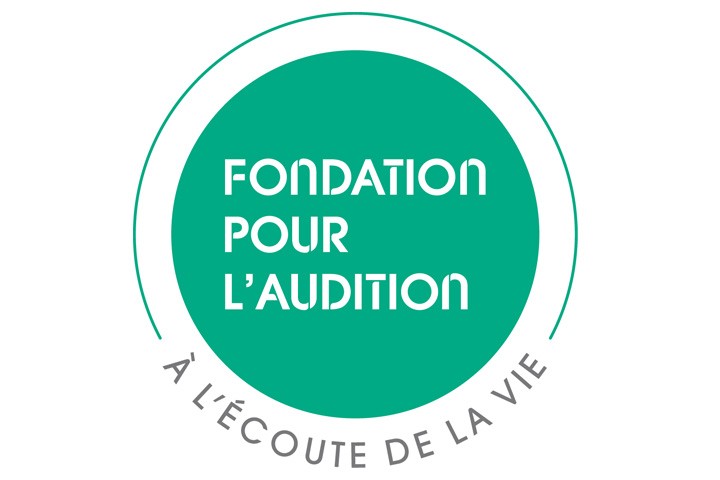
Mireille Montcouquiol lauréate de la Fondation pour l’audition
Les organes des sens, véritables entrés de l’information au cerveau, sont mis à l’honneur avec deux équipes de Bordeaux Neurocampus. L’équipe de Mireille Montcouquiol (INSERM U1215, Polarité planaire et polarité – Neurocentre Magendie) est lauréate d’un financement de la Fondation pour l’Audition. Elle porte un projet en collaboration avec l’équipe Neurophysiologie de la synapse auditive de Didier Dulon, expert de la physiologie de l’oreille interne et de ses fonctions (ABR/DPOAE) (INSERM U1120, Genetics and Physiology of Hearing, Institut Pasteur). Le projet portera sur l’impact de certaines proteines de la polarité sur le développement et la fonction des cellules ciliées (cellules auditives), dans le cadre de l’identification d’une synaptopathie en lien avec une hydrocéphalie congénitale.
La Fondation Pour L’audition, créée par Françoise Bettencourt Meyers, Jean-Pierre Meyers et la Fondation Bettencourt Schueller en 2016, est une des rares en France à proposer des financements spécifiques pour la recherche sur les déficits d’oreille interne.
Le soutien financier de la fondation permet en particulier le recrutement d’un post-doctorant.
Résumé du projet
The hair cells of our hearing or balance organs are unique and highly specialized sensory cells, bearing epithelia and neuronal characteristics and functions. The hair cell has a polarized apical pole, with many apical markers delimiting a tight junction and an apical membrane, the latter being particularly differentiated into a morphologically complex hair bundle containing the mecanotransduction channels necessary for the function of the cell. But this cell has also an very distinctive basolateral pole, that is in fact a presynaptic zone, containing specific synaptic components (ribbon synapse), which are themselves critical for cell function, and whose maturation depends in part on the function of the cell’s apical part. This amazing but complex compartmentalization of the hair cell structure and function underscores the critical aspect of the polarity mechanisms and the importance to understand their coordination during the cell formation process. It is therefore clear that the identification of all participants in this polarity process and of the sequence of events taking place are absolutely critical for the comprehension of the pathologies associated with mutations in these genes. But more importantly, understanding the mechanisms leading to the formation of functional hair cells is critical is in a therapeutic context, whether it is gene-based or stem cell-based approaches to either rescue damaged hair cells or to generate new ones after a trauma. Indeed, if the structure of the hair cells and the cochlea has allowed us, humans, to develop a hearing adapted to our needs during evolution, it has also contributed to their fragility, since mammals have lost their ability to create new hair cells hair cells, a feature that exists in birds, reptiles and amphibians.
In this project, we have the ambition to identify new members of the hair cell apical complex and to decipher their interactions with known and unknown interactors. In doing so, we will also identify their function at the apical but also the basolateral (synaptic) pole of the hair cells, and the functional consequences of their mutation, identifying new deafness genes in the process. We will also attempt to link the hearing deficits due to the mutations of our candidate genes to a specific complex congenital pathology, congenital hydrocephalus.
Mise à jour: 27/08/19
